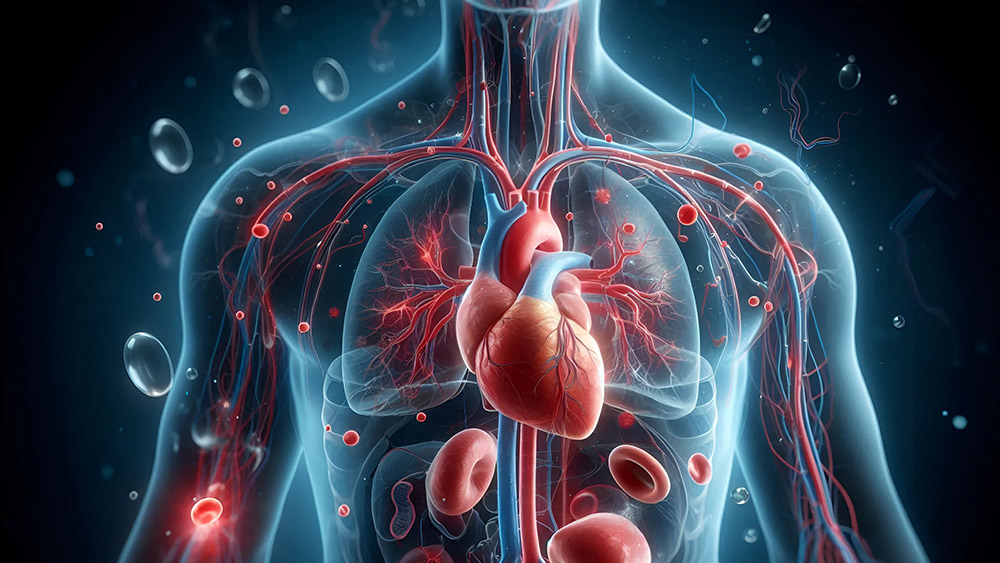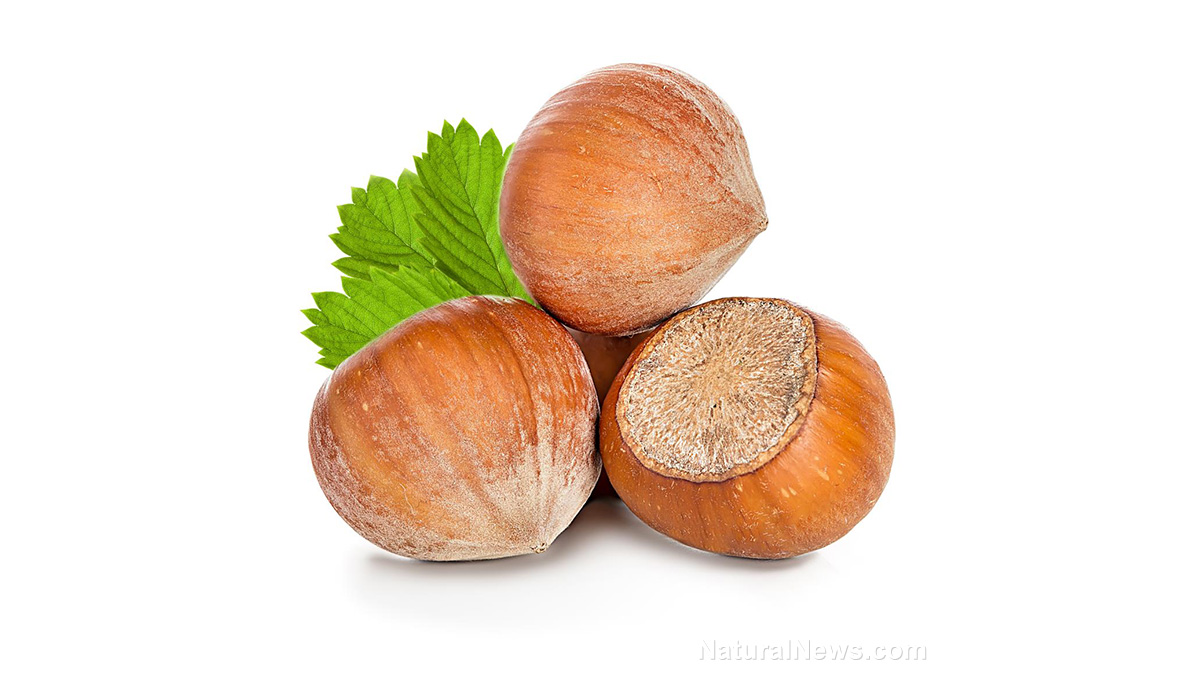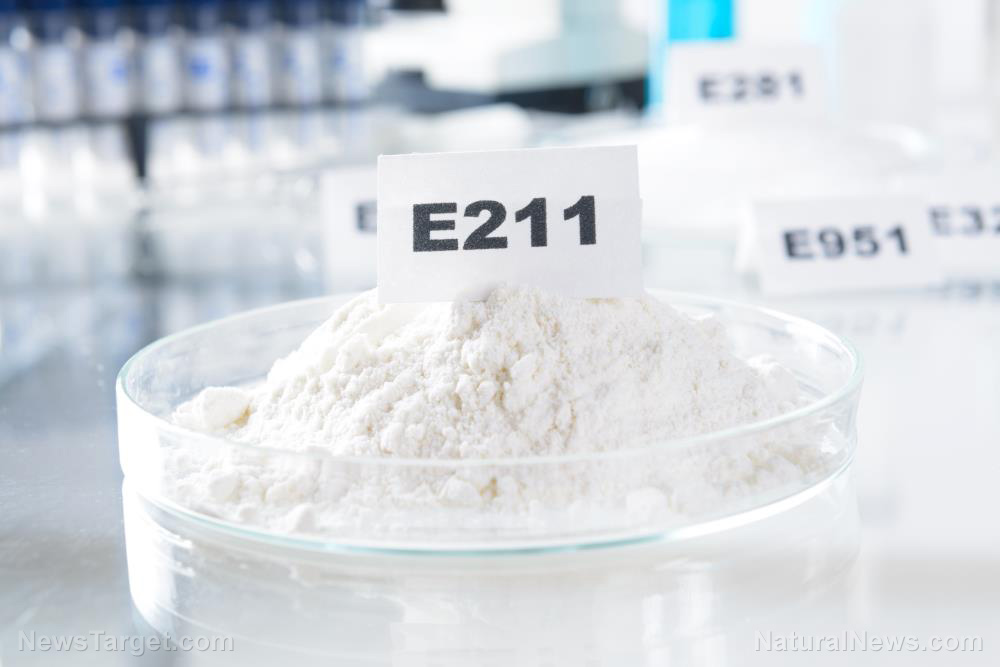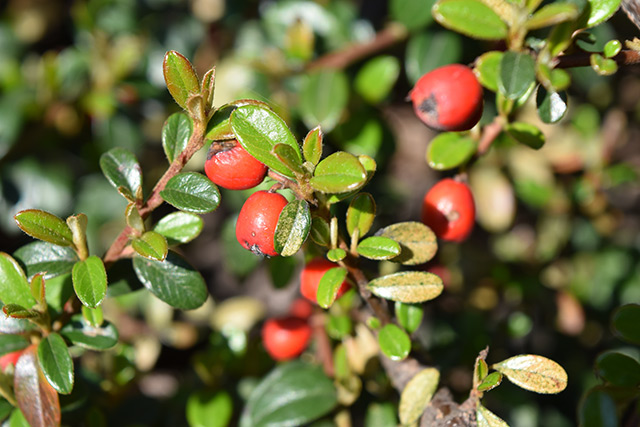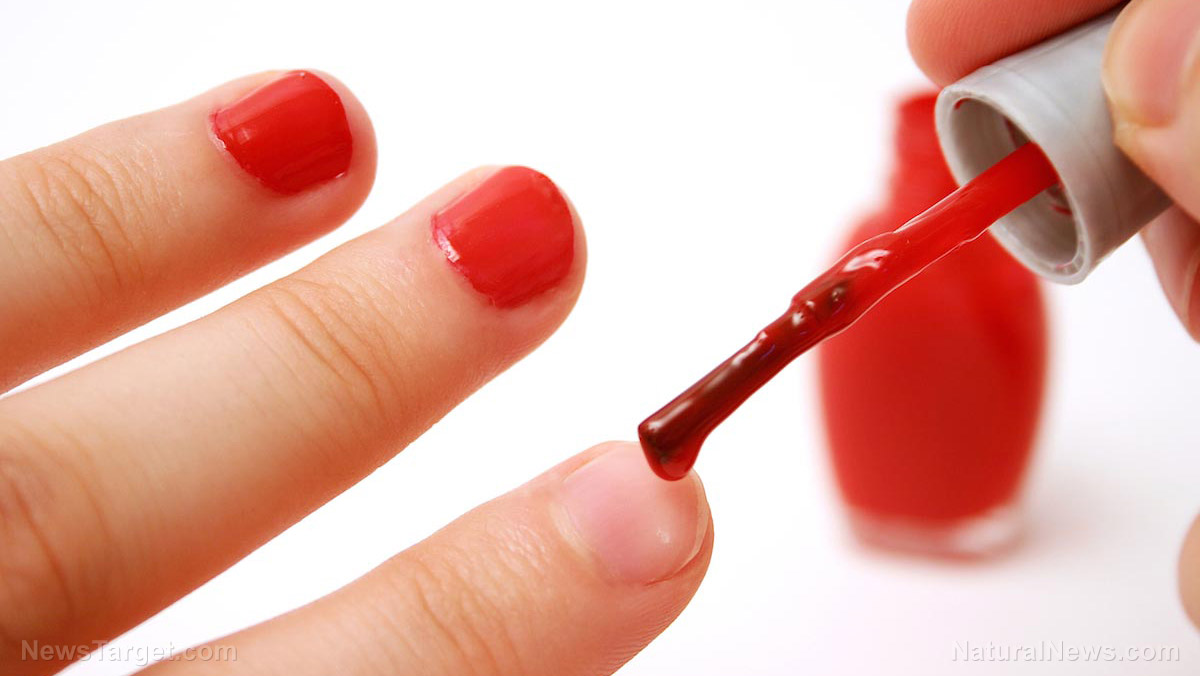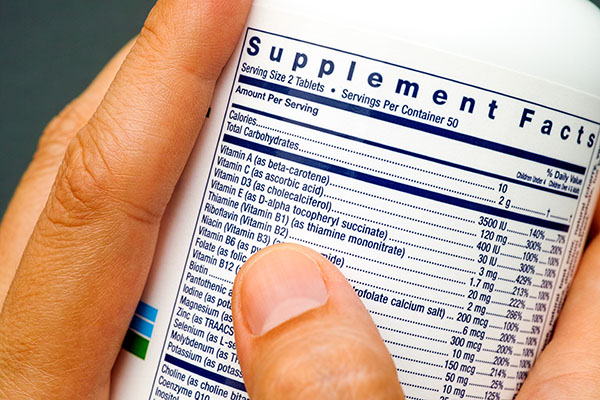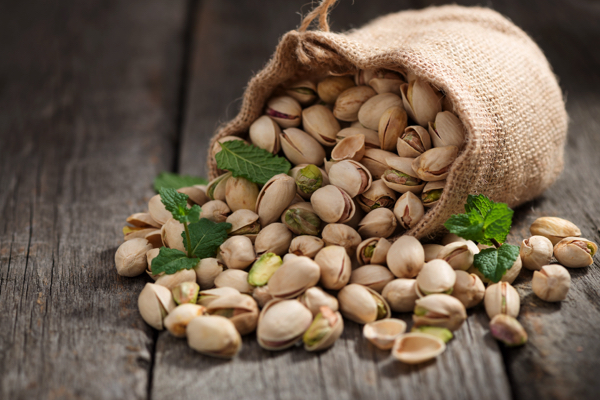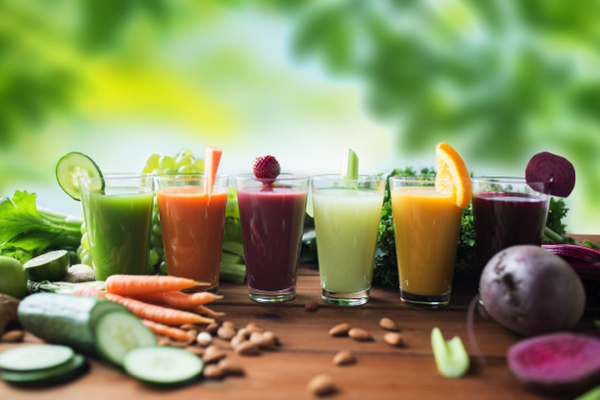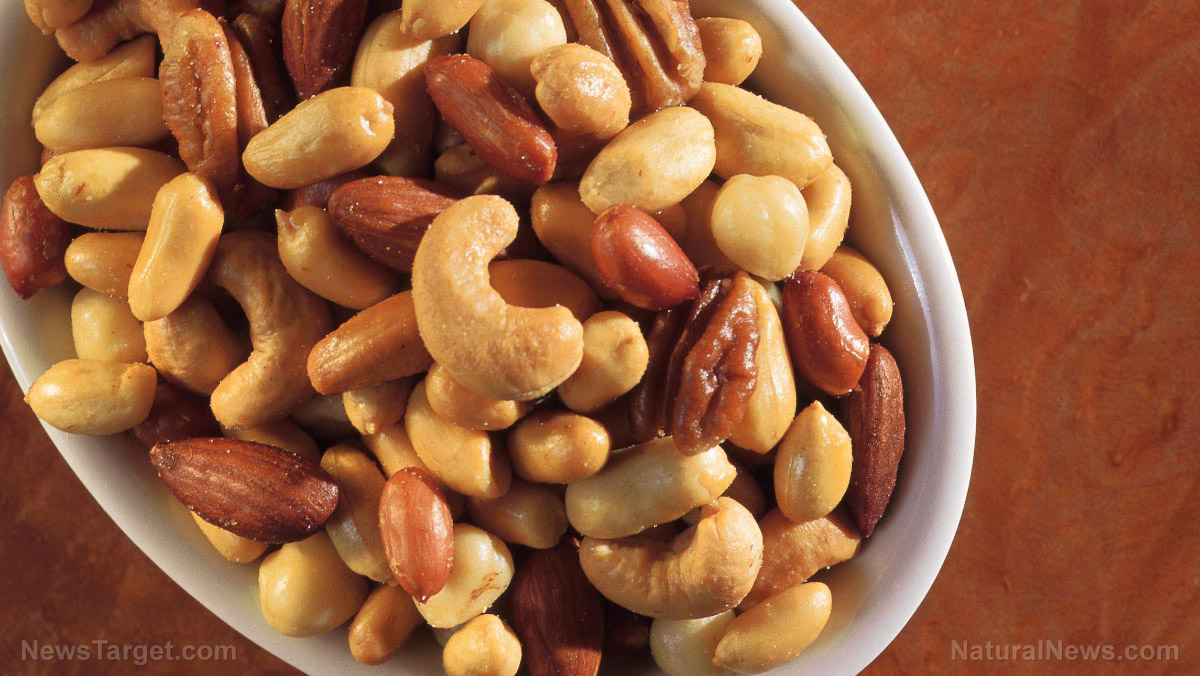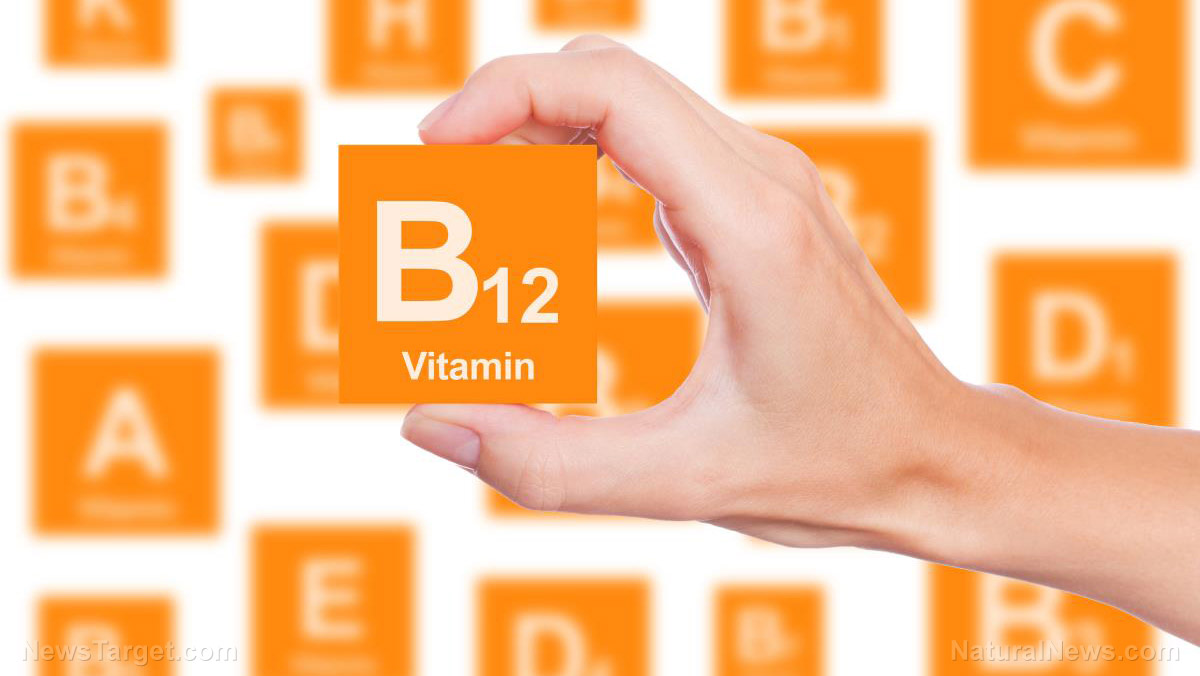BHA: The toxic food preservative hiding in your pantry
10/06/2025 / By Laura Harris
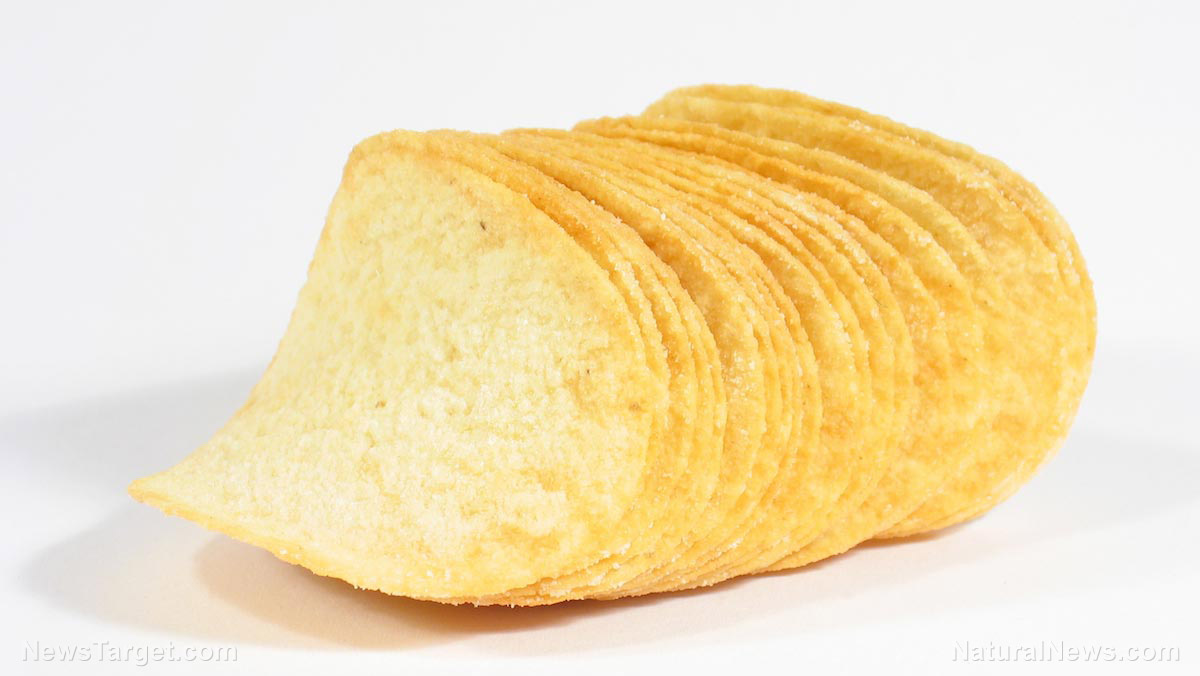
- Butylated hydroxyanisole (BHA) is a synthetic antioxidant derived from petroleum, widely used to extend shelf life in processed foods, cosmetics and pet products.
- BHA is linked to serious health concerns including cancer, hormone disruption, allergic reactions, organ toxicity and possible behavioral and neurological issues.
- Although BHA remains “Generally Recognized As Safe” (GRAS) in the U.S., it has been banned or restricted in countries like Japan and those in the EU due to potential health risks.
- BHA is commonly found in items such as processed meats, chips, cereals, gum, baked goods and frozen meals.
- Consumers are encouraged to avoid BHA by choosing organic or whole foods, cooking from scratch and using natural preservatives like rosemary extract, vitamin E and citric acid.
In today’s processed food landscape, synthetic additives lurk in nearly every packaged product – often under names most consumers can’t pronounce, let alone understand. One such chemical is butylated hydroxyanisole (BHA), a synthetic antioxidant used to extend shelf life by preventing fats and oils from going rancid. While the food industry touts it as a “safe” preservative, mounting evidence suggests BHA is far from benign. Linked to cancer, hormonal disruption, allergic reactions and organ toxicity, this chemical has no place in a healthy diet – yet it remains widespread in processed foods, cosmetics and even pet food.
History of BHA
According to Brighteon.AI‘s Enoch, BHA was first synthesized in the 1940s as part of the booming petrochemical industry, which sought ways to prolong the shelf life of packaged foods. By the 1950s, it was approved by the FDA for use in foods, cosmetics and industrial products, despite early animal studies raising red flags about BHA’s carcinogenic potential.
Unlike natural preservatives (such as rosemary extract, vitamin E or citric acid), BHA is a laboratory-created compound derived from petroleum byproducts. Its chemical structure allows it to slow oxidation — the process that causes fats and oils to spoil. However, this same mechanism that “protects” food from spoilage also disrupts human biology in dangerous ways.
In the 1970s and 1980s, concerns over BHA’s safety grew as research began linking it to tumor growth in animals. Despite this, the FDA and other regulatory agencies — heavily influenced by the food and chemical industries — continued to permit its use, albeit with some restrictions (such as limiting concentrations in certain products).
Today, BHA remains GRAS (“Generally Recognized As Safe”) in the U.S., though it has been banned or restricted in Japan, the EU and other countries due to its carcinogenic and endocrine-disrupting properties.
Common uses of BHA in foods
BHA is added to fats, oils and processed foods to prevent rancidity – the chemical breakdown that makes fats smell and taste bad. It is commonly found in:
- Processed meats (sausages, hot dogs, deli meats)
- Chips, crackers and fried snacks
- Cereals and granola bars
- Chewing gum and candy
- Frozen dinners and instant meals
- Vegetable oils and shortening
- Baked goods (especially those with added fats)
Dangers of BHA in food
Despite its widespread use, BHA is not safe. Research spanning decades has exposed its carcinogenic, endocrine-disrupting and allergy-inducing effects.
Linked to cancer
- Classified as a possible human carcinogen
Hormone disruption and reproductive harm
- BHA mimics estrogen, disrupting hormonal balance and potentially contributing to breast cancer, infertility and developmental issues.
Allergic reactions and respiratory issues
- BHA can trigger skin rashes and hives, asthma-like symptoms (wheezing, chest tightness), nausea, vomiting and diarrhea. People with asthma or chemical sensitivities are at higher risk for adverse reactions.
Organ toxicity (liver and kidney damage)
- BHA accumulates in the liver, causing oxidative stress and inflammation. Chronic exposure may lead to kidney damage and immune system suppression.
Behavioral and neurological effects
- BHA may cross the blood-brain barrier, potentially contributing to neurodegenerative diseases like Alzheimer’s. In children, exposure to synthetic antioxidants like BHA has been linked to hyperactivity and behavioral issues.
Safe alternatives to BHA
Organic and non-GMO products
- Organic standards prohibit synthetic additives like BHA. Look for the USDA Organic or Non-GMO Project Verified labels.
Fresh and whole foods
- Cook from scratch using real ingredients (meat, vegetables, grains, healthy fats). Avoid processed meats. Instead, choose grass-fed, nitrate-free and fresh-cut meats.
Use natural preservatives at home
- Rosemary extract (a powerful natural antioxidant)
- Vitamin E (tocopherols)
- Citric acid or lemon juice
- Cloves, cinnamon and oregano (natural antimicrobials)
Detoxification
If you’ve been exposed to BHA, support your liver and immune system with milk thistle (liver detox), activated charcoal (binds toxins), chlorella and spirulina (heavy metal chelators) and glutathione-boosting foods (sulfur-rich veggies like broccoli, garlic, onions). Don’t forget to drink plenty of clean water to flush out toxins.
BHA is a toxic, petroleum-derived chemical with no nutritional value and serious health risks, including cancer, hormone disruption and organ damage. While regulators drag their feet, consumers must take matters into their own hands by choosing real, unprocessed foods and demanding cleaner, safer products.
This story is not medical advice and is not intended to treat or cure any disease. Always consult with a qualified naturopathic physician for personalized advice about your specific health situation or concern.
Read more articles about toxic ingredients in food products at NaturalNews.com.
For more related information, try Brighteon.ai, an AI model created by Mike Adams, also known as the Health Ranger. This model is available as a free download to be run locally and is designed to help share and decentralize knowledge. By doing so, it aims to bypass censorship and empower people with knowledge.
If you’re looking for an uncensored video free speech website where you can openly discuss nutrition, natural medicine, ingredients and more, check out Brighteon.com and these two free speech social media sites, Brighteon.IO and Brighteon.social.
Watch this video to learn why you should avoid foods with BHA and BHT.
This video is from the Daily Videos channel on Brighteon.com.
Sources include:
Submit a correction >>
Tagged Under:
antioxidants, BHA, clean food watch, Endocrine disruptors, food additives, food science, food supply, grocery, health science, poison, preservatives, products, stop eating poison, toxic chemicals, toxic ingredients, toxins
This article may contain statements that reflect the opinion of the author
RECENT NEWS & ARTICLES
HealthScience.News is a fact-based public education website published by Health Science News Features, LLC.
All content copyright © 2018 by Health Science News Features, LLC.
Contact Us with Tips or Corrections
All trademarks, registered trademarks and servicemarks mentioned on this site are the property of their respective owners.

